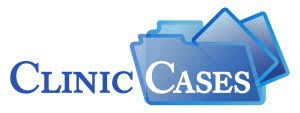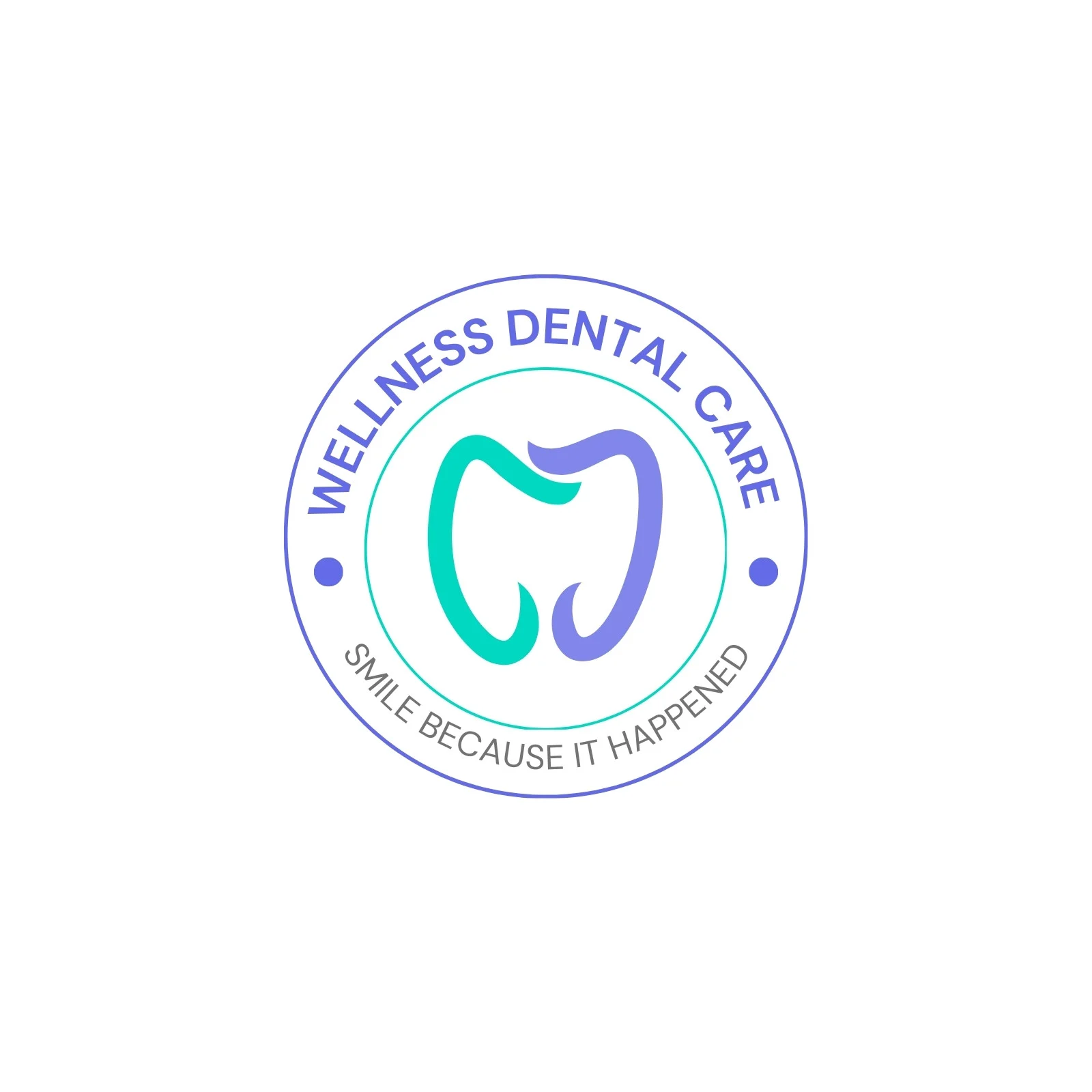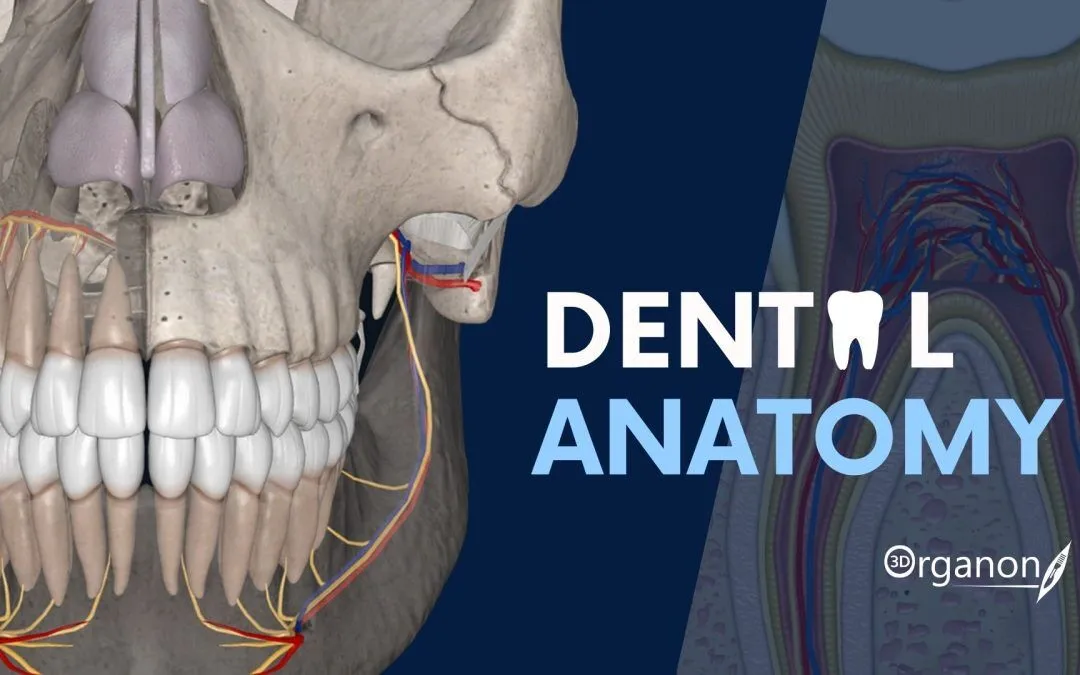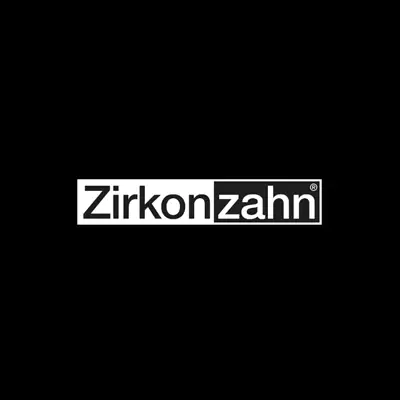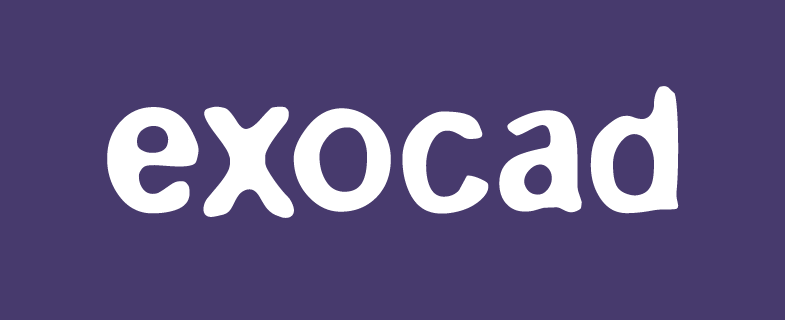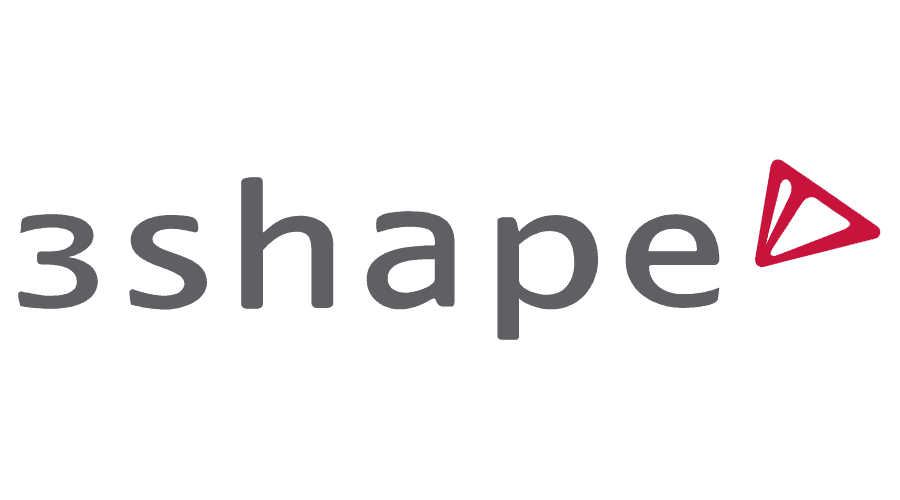ClinicCases — lightweight dental EMR for teaching clinics and NGO deployments
Context
ClinicCases started as a legal clinic case-management system and later expanded into healthcare use. Its open-source foundation, built on PHP/MySQL, makes it a pragmatic option for small dental clinics, teaching institutions, and NGO projects that require charting, patient scheduling, and document management without vendor lock-in. While not as large-scale as OpenEMR, it offers a simpler footprint and fewer moving parts—important for constrained environments where IT staff need clarity and predictable upkeep.
Technical Profile (table)
| Area | Details |
| Platform | Web app (PHP, MySQL/MariaDB). Runs on Linux; can be deployed via LAMP/WAMP or Docker. |
| Dental focus | Customizable forms for odontograms, procedure notes, and treatment planning. Not as extensive as OpenEMR but covers basics. |
| Core modules | Patients, appointments, case management, document uploads, billing, staff roles. |
| Interop | CSV/SQL export; API endpoints limited but sufficient for basic reporting; can link to imaging systems with patient-ID references. |
| Imaging | No built-in DICOM stack; integrates with external PACS/VNA using URLs or file references. |
| Security | Role-based access, password policies, HTTPS; no advanced ACL granularity. |
| Multisite | Possible with multiple facilities, but scaling is limited compared to larger EMRs. |
| Backup/DR | Standard MySQL dumps, filesystem backups. Works well with rsync or restic. |
| Licensing | GPL, community-driven, no per-user cost. |
Scenarios (dental-specific)
– A dental faculty uses ClinicCases for student rotations: patient cases, uploaded x-rays (as files, not DICOM), and treatment notes live in a minimal schema.
– An NGO dental bus runs ClinicCases on a laptop server with offline-first deployment; data syncs nightly to a central database over VPN.
– A small practice leverages it for scheduling and billing, exporting reports monthly for insurance claims and audits.
Workflow (admin view)
1. Prepare a Linux VM or small server; install LAMP stack with hardened configs.
2. Deploy ClinicCases via Git or packaged archive; configure database and secure config.php.
3. Define facilities, staff accounts, and assign roles; map dental-specific forms (odontogram, notes).
4. Upload document templates and adjust reporting formats for local requirements.
5. Integrate with imaging by linking patient IDs to files or PACS viewer URLs.
6. Automate MySQL dumps and daily filesystem backups; store off-site with retention policy.
7. Monitor logs; forward Apache/PHP logs into syslog or central SIEM if available.
8. Patch PHP and MySQL regularly; keep the codebase updated via Git for bugfixes.
Strengths / Weak Points
Strengths
– Simple deployment, modest hardware requirements.
– Flexible case management model adaptable to dental workflows.
– Low admin overhead; easy to maintain in resource-limited environments.
– Open-source licensing; no recurring fees.
Weak Points
– Limited interoperability compared to larger EMRs.
– Imaging integration requires external systems and manual linking.
– Security controls are basic—fine for small setups, less so for regulated enterprise environments.
– Smaller community and fewer specialized dental modules than OpenEMR.
Why It Matters
For dental clinics where budgets are tight and infrastructure minimal, ClinicCases provides just enough EMR capability without overwhelming complexity. It is lean, auditable, and adaptable, making it a good fit for NGOs, teaching clinics, or small practices that value autonomy and control over their records. While not a replacement for enterprise-scale EMRs, it fills a crucial role in contexts where transparency and maintainability matter more than feature bloat.

